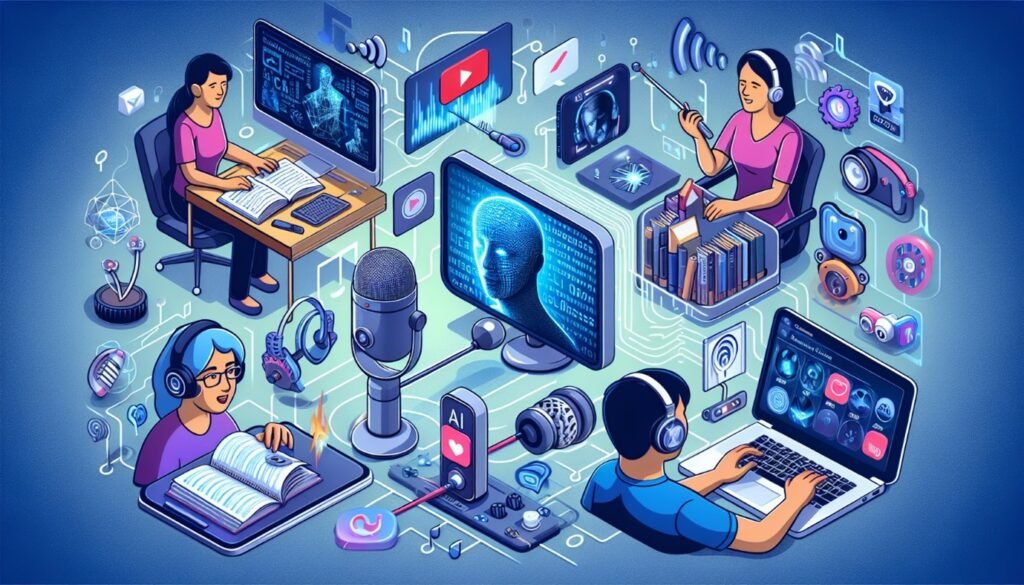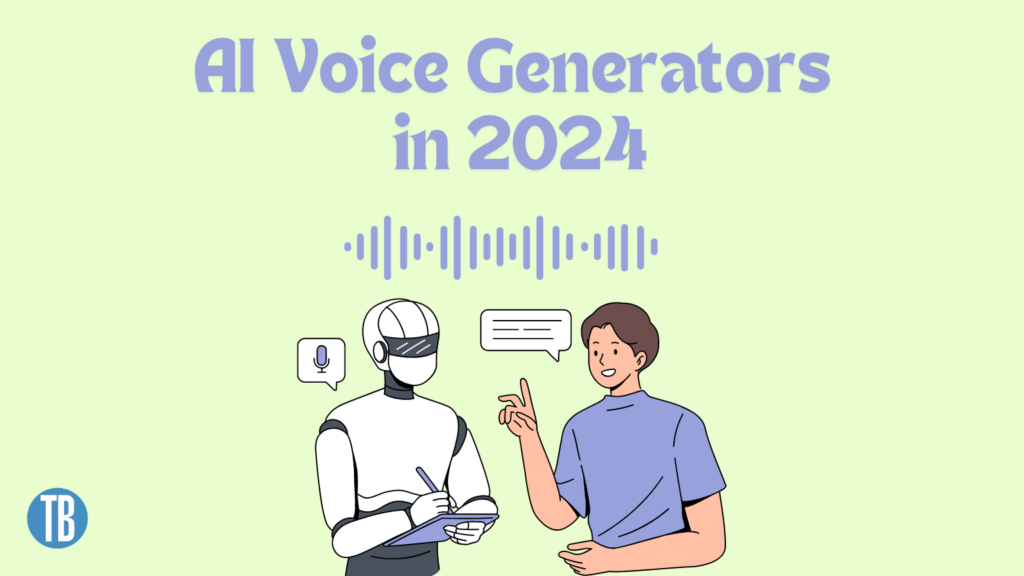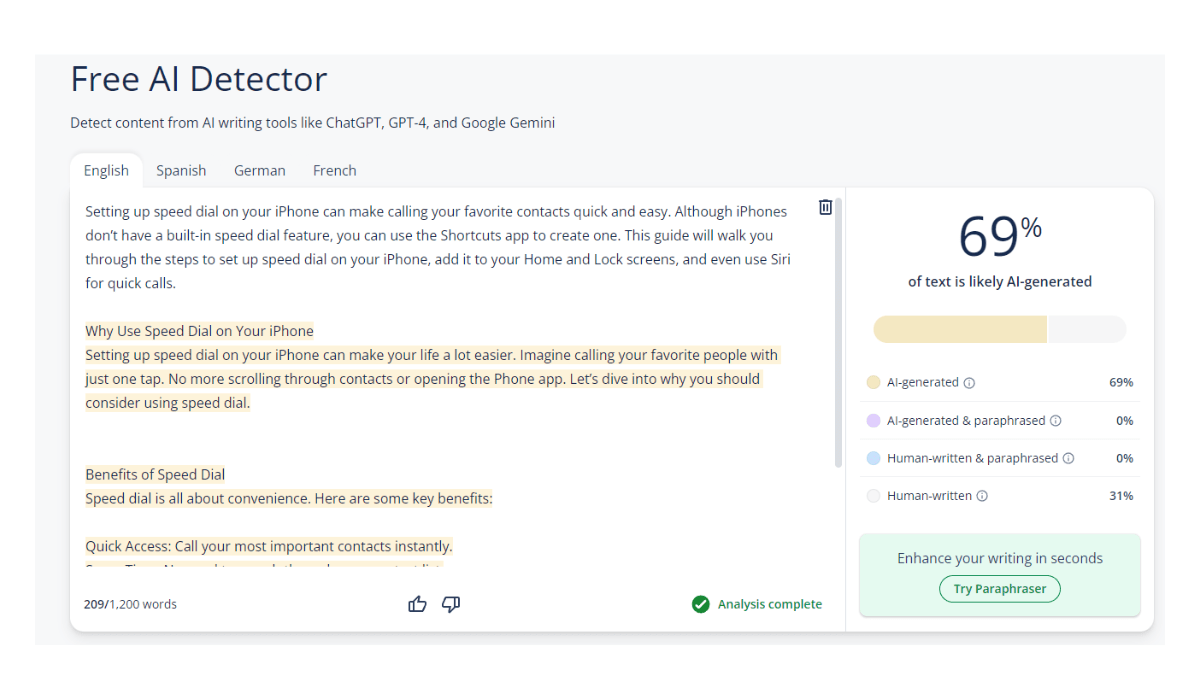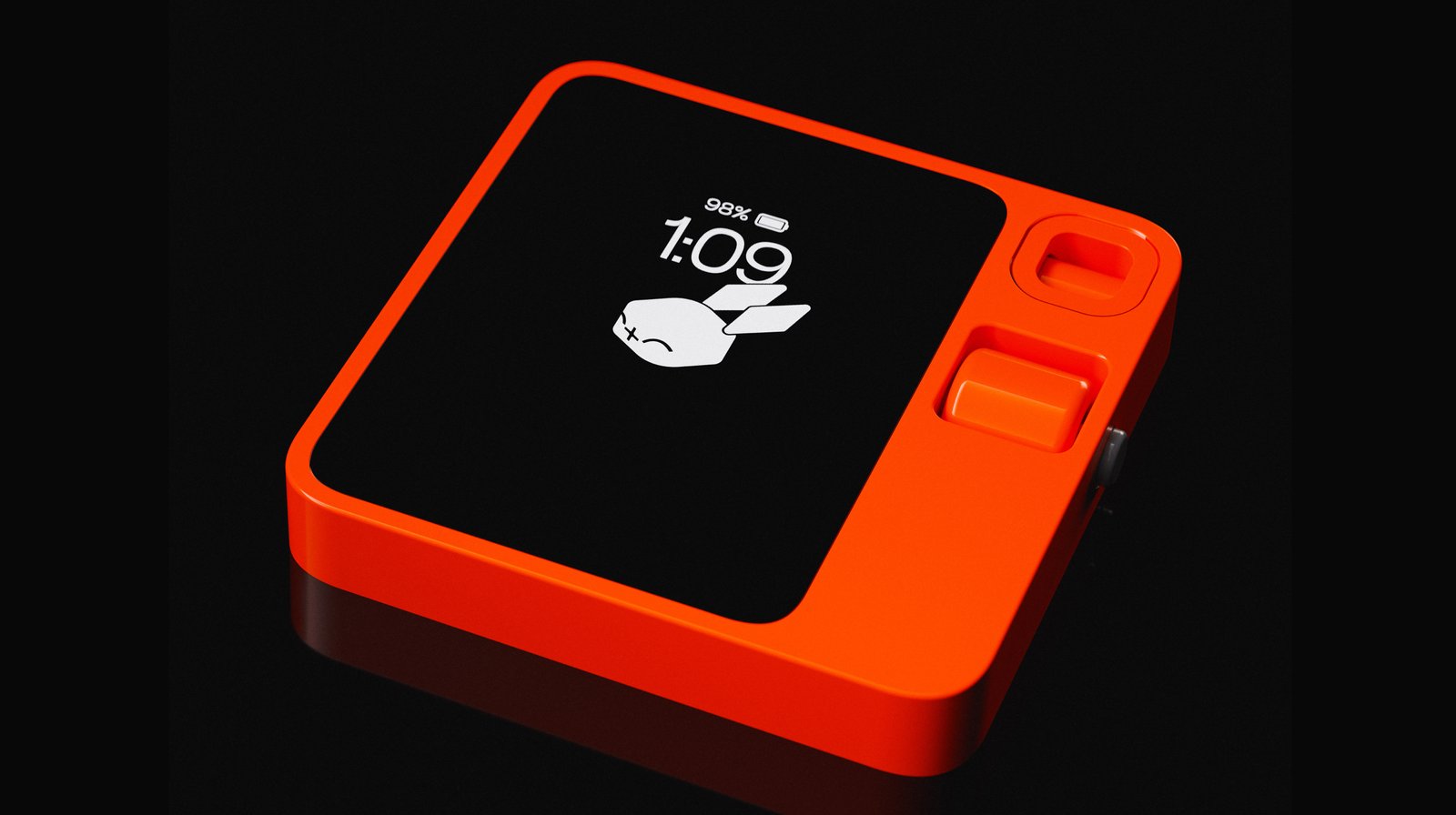In the fast-evolving landscape of AI voice technology, choosing from the eight best AI voice generators in 2024 can be daunting. Our guide simplifies the choices, highlighting how AI creates realistic voices in real time for content creators, gamers, marketers, and podcasters to personalize their audio or video with engaging voiceovers. We’ve rigorously assessed the top players so you can easily find the one that elevates your audio projects and resonates with your audience.
In this article
- AI voice generators have significantly evolved to provide realistic, lifelike speech capable of mimicking human voice patterns, offering diverse language options, and respecting user privacy.
- When choosing an AI voice generator, consider speech quality, voice library diversity, customization options, and cost-effectiveness. You can also use free trials or free plans to assess compatibility.
- The top 8 AI voice generators of 2024—Play.HT, LOVO.AI, ElevenLabs, Listnr, Murf.AI, Speechify, Voicemaker, and Synthesys—offer unique features tailored to different use cases, facilitating substantial savings in both cost and time for content creation.
Understanding how AI voice generators work

Ever wonder how your GPS system guides you with such natural-sounding AI voices? Or how your virtual assistant seems to understand and respond to your queries with a human-like tone? The magic behind all this is driven by AI voice generators. These ingenious tools harness the power of artificial intelligence and machine learning to generate AI voices by converting written text into lifelike speech. With advanced algorithms trained on human voices, they mimic speech patterns, infusing nuances and emotions that go beyond the capabilities of traditional text-to-speech converters.
The evolution of AI voice generators over time has been nothing short of remarkable. They’ve evolved from robotic, monotone voice outputs to offer realistic, flexible voice options almost indistinguishable from human speech. Some even provide voice-changing capabilities, modifying the sound of a person’s voice in real-time or during post-processing. Despite their impressive capabilities, it’s crucial to choose tools that respect user privacy and are transparent about any associated costs.
Choosing the right AI voice generator is like picking the perfect narrator for your story. The voice should be engaging, authentic, and able to breathe life into your content. One of the first things to consider is the quality of the speech. High-quality AI voices sound realistic, convey emotions, pause appropriately, and vary their tone. The ability to fine-tune the voice output, including pronunciation, pitch, volume, and pace, is also crucial.
Another critical factor is the diversity of the voice library. Does the tool offer voices in different languages and accents? This can be crucial if you’re catering to a global audience. Finally, consider the cost. While many AI voice generators offer free plans, they often have limitations. You might need to opt for a paid plan, depending on your needs. Be sure to try out free trials and demos before making a decision, or even explore a free AI voice generator. After all, the ‘best’ AI voice generator is the one that fits your specific needs and budget.
Top 8 AI Voice Generators in 2024

In 2024, the world of AI voice generators will be a bustling market, teeming with innovative solutions. Among the myriad options, eight standout tools have carved a niche. Let’s dive into the unique offerings of:
Play. HT
Play.HT has earned its reputation as a user-friendly AI voice generator, boasting an extensive voice library that speaks volumes about its diversity. With over 800 voices in 142 languages and accents, this tool can easily replicate voices in multiple languages. The platform’s straightforward interface and free usage tier, which gives access to all its voice models and languages, add to its appeal.
However, Play.HT faces challenges in pronouncing specific words.
LOVO.AI
LOVO.AI, with its vast library of over 500 voice models, is a goldmine for personalized voice generation. The platform’s versatility allows users to:
- You can adjust the pitch, speed, and pronunciation of words, making it as customizable as a voice generator can get.
- Benefit from hyper-realistic voices capable of conveying over 30 different emotions.
- Implement custom pronunciation rules.
Whether you’re creating a podcast, a video, or an audiobook, LOVO.AI’s versatility can cater to a broad range of projects.
ElevenLabs
ElevenLabs specializes in ultra-realistic AI voices, offering 42 models and supporting 29 languages. The platform’s Voice Lab feature empowers users to create custom voices by tweaking parameters like age, gender, accent, and speaking style, allowing for a high degree of personalization. However, no tool is perfect.
ElevenLabs’ inability to change pronunciation or insert pauses might challenge those requiring high precision in their voice customization.
Listnr
Listnr has a vast voice library with over 900 voices, supporting more than 140 languages. This platform is designed with user convenience in mind, enabling a straightforward, single-click process to transform articles into speech. However, not all that glitter is gold. Some of Listnr’s voices may lean towards the robotic side, indicating a slight variation in the quality of speech generation.
While the platform offers a paid version with premium features, these benefits’ specifics remain unsurpassed.
Murf.AI
Murf.AI is a platform designed to make your words sing. With over 120 realistic AI voices accessible in various languages, it’s an ideal tool for:
- Producing voiceovers for videos, audiobooks, and podcasts
- providing user-friendly customization options, allowing fine-tuning of pitch, speed, and emotional state for voiceovers that hit the right note
- using the video-to-voiceover feature and built-in integrations with platforms like Google Slides and Canva.
Additionally, Murf.AI offers all these features and more.
However, as with any tool, a few voices may sound less natural, particularly in non-English languages, which may not achieve the desired natural-sounding speech or effectively mimic one’s voice.
Speechify
Speechify, an accessibility app turned AI voice generator, champions inclusivity. It provides over 200 AI voices across 50 languages, making it a perfect tool for individuals with vision issues, ADHD, and other reading difficulties. The app also allows users to adjust pitch and speaking rate and add pauses for emphasis, making it a versatile tool for any user.
Voicemaker
A voicemaker is a beginner’s best friend. Known for its user-friendly interface, it offers a variety of voices that cater to a broad spectrum of audio content requirements. The platform’s standout feature is its ability to adjust emotions for specific voice models, adding a layer of personalization to the generated speech.
Whether you’re a newbie dipping your toes into the world of AI voices or a seasoned pro, Voicemaker’s intuitive interface and diverse voice options make it a worthy contender.
Synthesys
Synthesys is a jack of all trades, providing over 350 voice models that cater to various content types, including:
- Business presentations
- Podcasts
- Audiobooks
- E-learning courses
- YouTube videos
- And more
While it offers a diverse range of voices, it does have its Achilles’ heel. Some Synthesys voice models may struggle to pronounce multi-syllabic words and maintain a natural tone.
Its text-to-video feature enables the creation of dynamic videos with AI avatars, enhancing presentations for teams creating informational videos.
Comparing the Strengths and Limitations of the Top AI Voice Generators
Now that we’ve examined these top AI voice generators, let’s compare them. Each tool has unique strengths.
- ElevenLabs sets the bar for ultra-realistic AI voices.
- Synthesia specializes in creating AI avatar videos with synthetic voiceovers.
- Murf.ai provides adjustable pitch, speed, and tone settings.
- LOVO.ai boasts expressive voices with over 30 emotions and custom pronunciation.
However, it’s also important to be aware of their limitations. Here are some limitations of each tool:
- ElevenLabs does not support long-form audio in most of its plans.
- Synthesia has restrictions on avatar customization and may occasionally mispronounce words.
- Some of Murf.ai’s voices may sound robotic in non-English languages.
- LOVO.ai’s voice cloning is limited to English.
Ultimately, the ‘best’ AI voice generator depends on your specific needs and preferences, but exploring the best AI voice generators available can help you make an informed decision.
Exploring Pricing Options for AI Voice Generators
Regarding pricing, AI voice generators offer a broad spectrum of options. Many offer free plans with limited monthly usage, making them a great starting point for those testing the waters. If you require more features or usage, you might need to consider a premium plan. These typically range from $3.89 to $19 per month, with some going as high as $41 if you opt for an annual plan upfront.
It’s worth noting that annual plans can offer significant savings. For instance, LOVO.AI offers discounts of up to 50% for yearly subscriptions, while Murf.AI provides savings of 20%. However, AI voice generators can also have more expensive plans, with some priced at $288 per user per year, offering an annual allowance of 50 hours of audio generation. So, when choosing an AI voice generator, consider both your budget and your specific needs.
Exploring Use Cases and Applications of AI Voice Generators

Beyond just converting text into lifelike speech, AI voice generators have a multitude of use cases. In content production, these tools can reduce costs by up to 50% and significantly shorten production time. They’re also a boon for marketers, enabling the creation of unique brand voices for different applications and advertising campaigns.
- Converting text into speech with the help of AI-generated voice to assist those with visual impairments or reading difficulties
- Providing voice-overs for games and animations in the entertainment industry
- Assisting with pronunciation and converting written content into spoken words in e-learning
These are just a few examples of how AI voice generators are championing the cause of accessibility and enhancing different industries.
Concluding Thoughts on AI Voice Generators in 2024
As we conclude our exploration of AI voice generators in 2024, it’s clear that these tools are revolutionizing the way we interact with technology. From converting text into natural-sounding speech to creating unique brand voices and enhancing accessibility, the possibilities are boundless. With diverse tools available, each with unique strengths and weaknesses, there’s an AI voice generator for every need and budget. So, whether you’re a content creator, a marketer, or a tech enthusiast, it’s never been a better time to harness the power of AI voice generators.
Frequently Asked Questions
What are AI voice generators?
AI voice generators use artificial intelligence and machine learning to convert written text into natural-sounding speech, creating audio content seamlessly.
What features does the LOVO.AI AI voice generator offer?
LOVO. AI voice generators offer more than 500 voice models with customizable pitch, speed, and pronunciation, along with the ability to have multi-voice conversations. It’s a versatile tool for creating engaging and lifelike voiceovers.
What is Speechify?
Speechify is a helpful text-to-speech app designed to assist individuals with vision issues, ADHD, and other reading challenges by offering various voice options, adjustable reading speeds, and enhancing accessibility for diverse users. It’s an excellent tool for improving accessibility and the reading experience.





